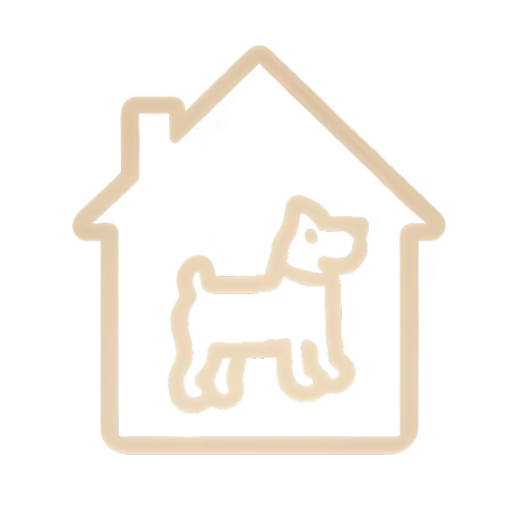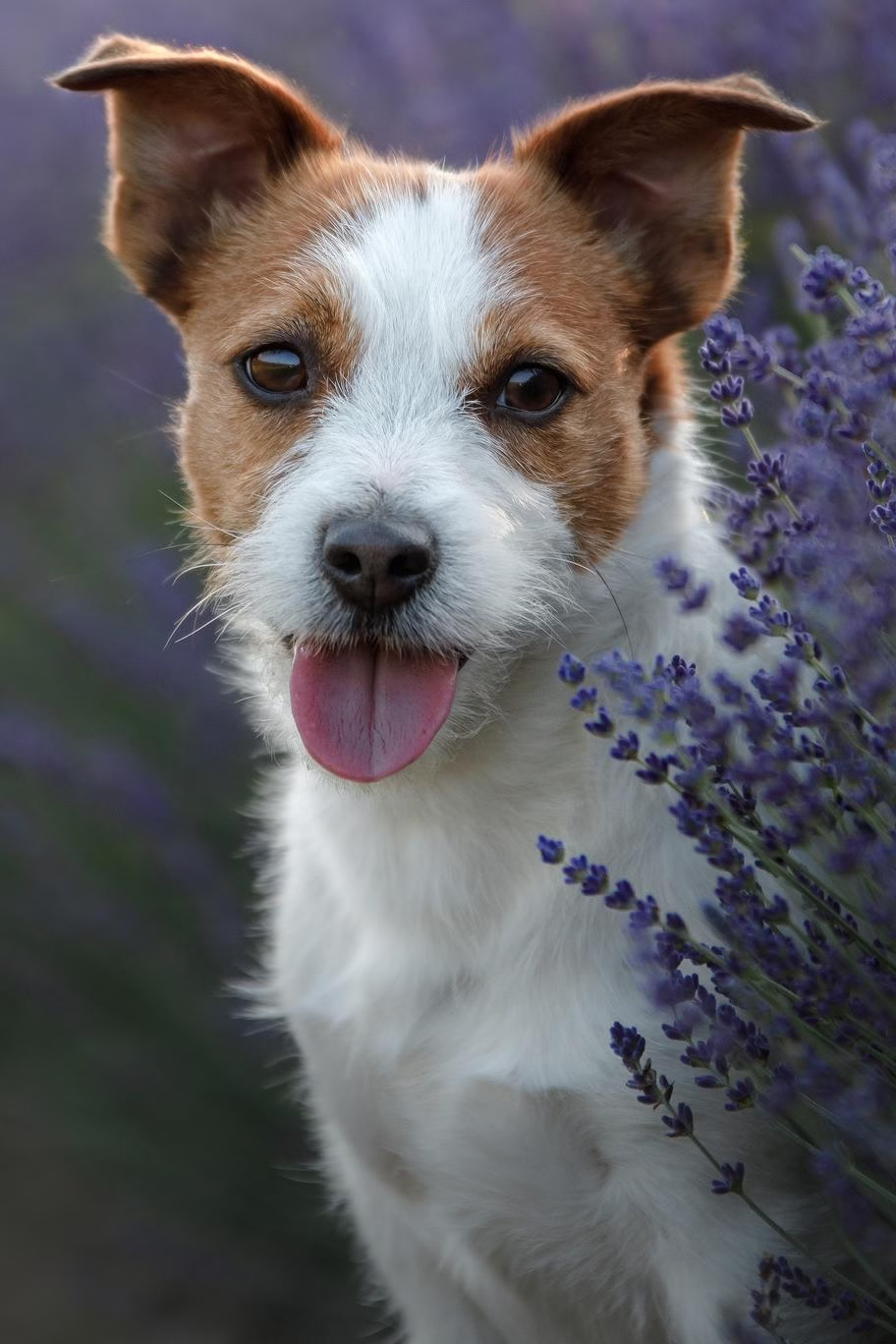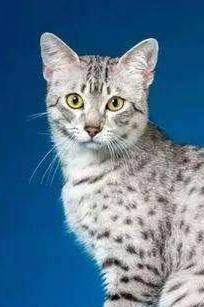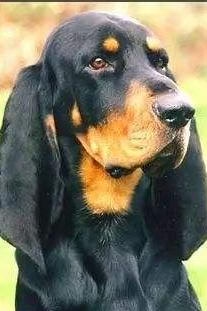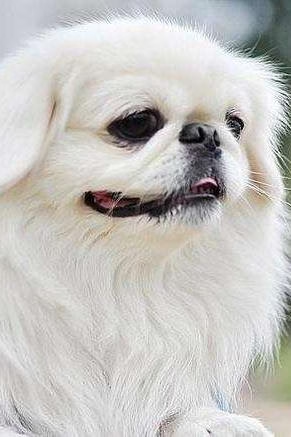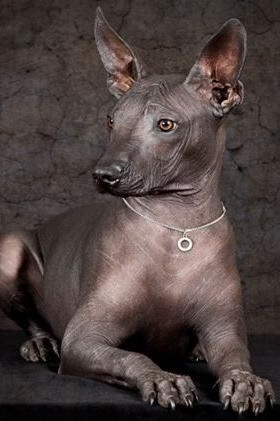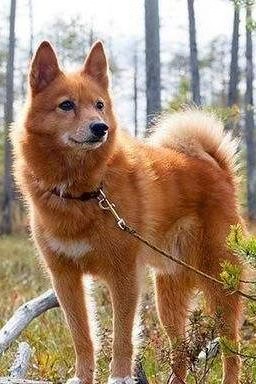Boxer (Bully)
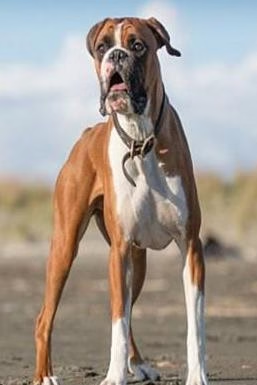
Boxer
Bully
Basic Information
- Category: Pet Dog
- Origin: Germany
- Body Type: Medium
- Height: 10-13 years
- Hair Length: Short-haired
- Lifespan: 53-63cm
Ratings
| Trainability | ⭐️⭐️⭐️ |
| Affection Level | ⭐️⭐️ |
| Barking Level | ⭐️⭐️ |
| Shedding Level | ⭐️⭐️⭐️ |
Breed Introduction
The Boxer, originally from Germany, has a beautiful and robust appearance. Its head is well-proportioned to its body, with a large black nose. The ears are set high and are often cropped. The eyes are black. The neck is muscular and cylindrical, with no loose skin. The body is square-shaped, with a short tail that is always held high. The forelimbs are straight and parallel.
They are loyal and do not hold grudges. They are particularly affectionate towards children, easy to train, and can be used as police dogs, guard dogs, personal protection dogs, and guide dogs. Due to their good obedience, they also make excellent companion dogs.
The development of the Boxer can be traced back to its ancestors, the Mastiffs, which were used in the Middle Ages to hunt wild boar and deer. Since the 16th century, the Boxer has descended from a series of dogs well-known throughout Europe. Tapestries from the 16th to 17th centuries depict dogs hunting stags and wild boars. These dogs are similar to the Alano hunting dogs that were abundant in Andalusia and Estramadura, as well as the Matin de Terceira or Perrodo Presa from the Azores. The Alano and Matin dogs were once considered the same breed, either as ancestors of the Boxer or sharing a common ancestor.
In the 19th century, breeding in Munich, Germany, involved crossing the Bullenbeisser and the Bulldog, resulting in a dog with a fighting appearance and lively nature, while also being energetic, sensitive, and responsible. After World War II, this breed gained popularity not only in the United States and the United Kingdom but also around the world as a family and guard dog.
In the mid-19th century, before dog fighting and bull baiting were outlawed, Boxers and other similar breeds were used for fighting. Today, the Boxer has become a member of society, retaining extraordinary courage and defensive abilities, and will attack when necessary. Furthermore, Boxers are very loyal to their owners.
In France, there is a breed called the Dogue de Bordeaux that resembles the ancient Tibetan Mastiff and has developed into the Bouldogue de Mida breed, which lives primarily in southern France and shares many similarities with the Boxer. All European dogs are related to the Boxer. Through long-term scientific breeding, this beloved German breed has not only retained its original qualities but has also evolved in appearance.
The British Bulldog was exported to Germany; in fact, a famous Bulldog in a painting by Reinagle from 1803 looks very much like a Boxer, and some British Bulldogs in paintings from 1850 are nearly identical to German dogs. We can see that the entire modern history of the Boxer is closely related to Germany, yet it has an English name. This name is indeed very fitting, as the Boxer uses its front paws to attack like a boxer, which is probably the origin of its name.
In 1904, the American Kennel Club first registered the Boxer. The first championship was held in 1915, but it wasn’t until 1940 that Americans really began to favor this breed. This may be because some Boxers scored highly at dog shows.
